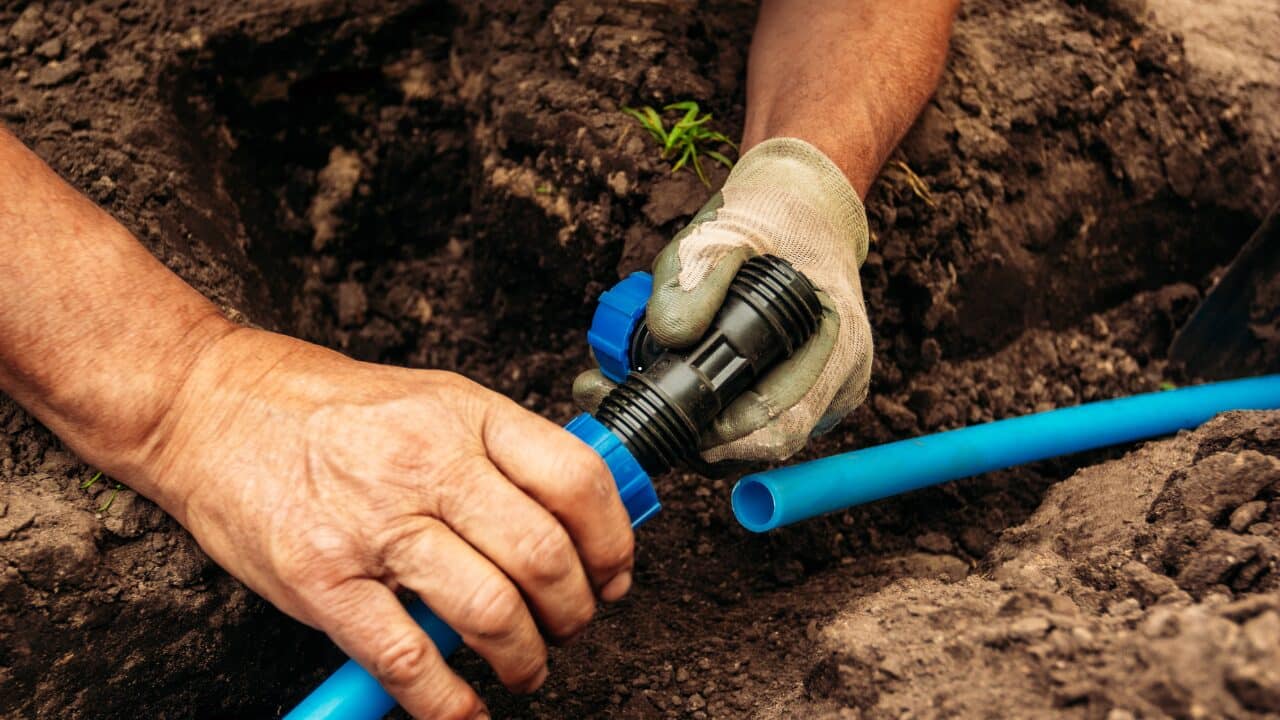In construction, attention to detail is critical. One often overlooked yet vital aspect of any project is proper drainage. Poor drainage can lead to significant structural setbacks, causing costly repairs and delays that can derail even the best-planned construction efforts. Understanding the financial and structural consequences of inadequate drainage is essential for builders, contractors, and property owners alike.
Table of Contents
The Hidden Danger of Poor Drainage
Drainage systems are designed to direct water away from buildings and infrastructure to prevent water accumulation around foundations. When these systems fail or are poorly implemented, water can pool and infiltrate the ground surrounding a structure, causing soil erosion, weakening the foundation, and leading to structural instability.
One of the primary issues arising from poor drainage is water infiltration. Water that seeps into the soil can cause the ground to shift or settle unevenly. This uneven settling exerts pressure on the foundation walls, often resulting in cracks and even collapse in extreme cases. In addition to compromising the foundation, poor drainage can cause moisture-related problems like mold growth, wood rot, and corrosion of metal components, further exacerbating structural issues.
Financial Impact on Construction Projects
The cost implications of poor drainage can be substantial. Repairing foundation damage is often one of the most expensive fixes in construction, frequently requiring extensive excavation, underpinning, or even partial rebuilding. These repairs not only inflate construction budgets but also cause project delays, impacting timelines and increasing labor costs.
Moreover, water damage may void warranties on materials or structural components, leaving property owners and contractors liable for expensive remediation. Insurance claims related to water damage can also be complicated by evidence of poor drainage or inadequate maintenance.
Common Causes of Drainage Failures
Poor drainage often results from simple oversights during the design and construction phases. Common causes include:
- Inadequate slope grading around the building site causes water to flow toward the structure rather than away.
- Improper installation or maintenance of gutters and downspouts.
- Blocked or damaged drainage pipes and channels.
- Use of unsuitable soil that retains water rather than allowing proper absorption.
One specific and frequent problem is blocked drains, which can cause water to back up and overflow near foundations. These blockages can be caused by debris, roots, or even poor initial design. Ignoring blocked drains can lead to water pooling around foundations, accelerating the deterioration process and increasing repair costs. Addressing such issues early is essential to maintain the integrity of the drainage system and the building itself.
Preventive Measures to Avoid Structural Setbacks
To avoid the costly consequences of poor drainage, consider the following measures:
- Comprehensive Site Assessment: Before construction begins, assess the site’s topography, soil type, and existing water flow patterns. This helps in designing an effective drainage system tailored to the site’s specific conditions.
- Proper Grading: Ensure that the land slopes away from the building foundation. Even a slight gradient can help redirect water flow and prevent pooling.
- Effective Drainage Installation: Use durable materials and install drainage components like French drains, catch basins, and sump pumps where necessary to manage water flow efficiently.
- Regular Maintenance: Schedule routine inspections and cleanings of gutters, downspouts, and drainage pipes to prevent blockages and identify issues early.
- Address Blocked Drains Promptly: If you encounter blocked drains, it’s crucial to resolve the problem quickly. Professional services can effectively clear and repair drainage systems to avoid structural damage.
Conclusion
Proper drainage is a foundational element of any successful construction project. Neglecting drainage can result in serious structural setbacks that carry significant financial costs and compromise the longevity of a building. By prioritizing effective drainage design, installation, and maintenance, construction professionals can safeguard their projects against water-related damage and ensure stable, durable structures for years to come.





